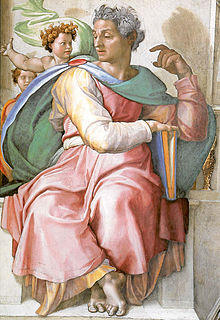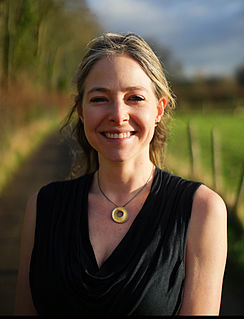A Quote by Christopher Strachey
Related Quotes
Hence, a generative grammar must be a system of rules that can iterate to generate an indefinitely large number of structures. This system of rules can be analyzed into the three major components of a generative grammar: the syntactic, phonological, and semantic components... the syntactic component of a grammar must specify, for each sentence, a deep structure that determines its semantic interpretation and a surface structure that determines its phonetic interpretation. The first of these is interpreted by the semantic component; the second, by the phonological component.
The colour of a British wood in autumn is predominantly yellow. There are relatively few European trees which have red leaves in the autumn. But there are splashes of crimson or rust-red colours from a few indigenous trees, like the rowan, as well as from introduced species, like the North American red oak.




































